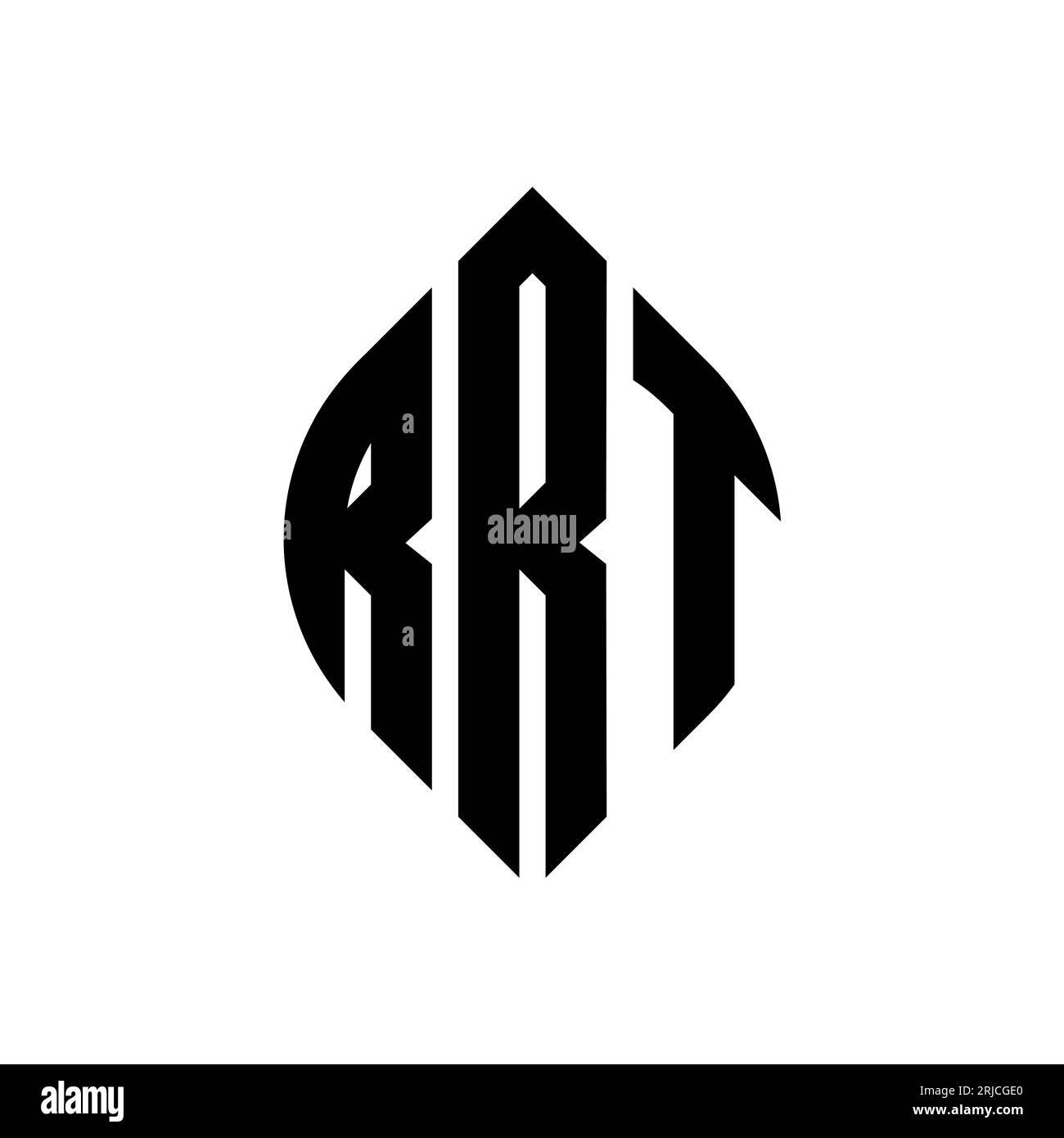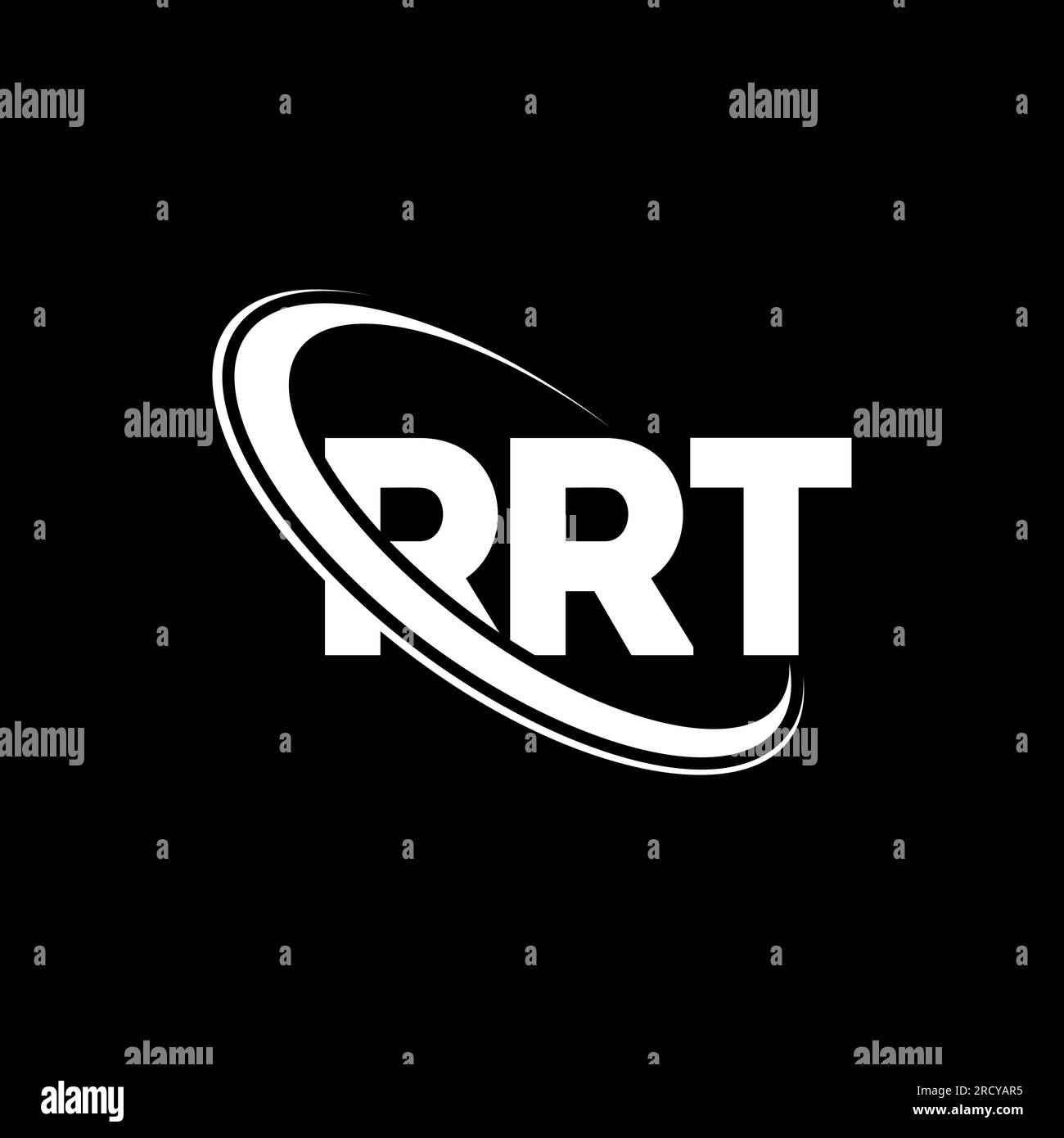The RRT (Registered Respiratory Therapist) medical profession is a vital part of modern healthcare systems worldwide. It plays a crucial role in diagnosing, treating, and managing cardiopulmonary disorders. If you're considering a career as an RRT, or simply want to learn more about this field, you've come to the right place. In this article, we'll delve deep into the RRT medical profession, covering everything from its responsibilities and qualifications to its future prospects.
Respiratory therapy has become increasingly important due to rising respiratory illnesses, aging populations, and advancements in medical technology. RRTs are trained professionals who work closely with doctors and nurses to ensure patients receive optimal care. This profession requires a high level of expertise, authority, and trustworthiness, making it a YMYL (Your Money or Your Life) field where accuracy and reliability are paramount.
This article will provide an in-depth analysis of the RRT medical profession, including its history, education requirements, job responsibilities, career opportunities, and much more. By the end, you'll have a clear understanding of what it takes to become an RRT and why this career path is so rewarding.
Read also:Amy Stillers Husband Discovering The Life And Career Of This Talented Couple
Table of Contents
- Introduction to RRT Medical Profession
- History of Respiratory Therapy
- Responsibilities of an RRT
- Education and Certification Requirements
- Essential Skills for RRTs
- Work Environment
- Salary and Career Growth
- Challenges in the RRT Field
- Future Trends in Respiratory Therapy
- Conclusion
Introduction to RRT Medical Profession
As the demand for healthcare services continues to grow, the role of an RRT becomes increasingly significant. Respiratory therapists are responsible for evaluating, treating, and monitoring patients with breathing disorders, such as asthma, chronic obstructive pulmonary disease (COPD), and sleep apnea. They work in various settings, including hospitals, clinics, and home care environments.
The RRT medical profession is not only about diagnosing and treating patients but also about educating them on how to manage their conditions effectively. This involves teaching patients how to use medical equipment, such as ventilators and oxygen therapy devices, and providing guidance on lifestyle changes that can improve their respiratory health.
History of Respiratory Therapy
The origins of respiratory therapy can be traced back to the early 20th century when medical professionals began to recognize the importance of oxygen therapy in treating respiratory conditions. The development of mechanical ventilators during World War II further advanced the field, leading to the establishment of respiratory therapy as a distinct medical profession.
In the 1960s, the National Board for Respiratory Care (NBRC) was formed to oversee the certification of respiratory therapists. Since then, the profession has continued to evolve, incorporating new technologies and treatment methods to improve patient care.
Responsibilities of an RRT
Registered Respiratory Therapists have a wide range of responsibilities that require a high level of expertise and dedication. Some of the key duties include:
- Assessing patients' respiratory conditions and developing treatment plans.
- Administering oxygen therapy, aerosol medications, and other respiratory treatments.
- Managing ventilators and other life-support equipment.
- Performing diagnostic tests, such as pulmonary function tests and arterial blood gas analysis.
- Providing patient education and support.
Education and Certification Requirements
Degree Programs
To become an RRT, individuals must first complete an accredited respiratory therapy program. These programs typically offer associate's or bachelor's degrees and cover topics such as anatomy, physiology, pharmacology, and medical ethics. According to the American Association for Respiratory Care (AARC), there are over 400 accredited programs in the United States alone.
Read also:7movierulz 2024 Download Kannada Your Ultimate Guide
Certification Process
After completing a degree program, aspiring RRTs must pass the Certified Respiratory Therapist (CRT) exam and the Registered Respiratory Therapist (RRT) exam administered by the NBRC. These exams test candidates' knowledge and skills in various areas of respiratory care.
Essential Skills for RRTs
Successful RRTs possess a combination of technical and interpersonal skills that enable them to provide high-quality care. Some of the key skills include:
- Clinical expertise in diagnosing and treating respiratory conditions.
- Strong communication skills to interact effectively with patients and healthcare teams.
- Problem-solving abilities to address complex medical situations.
- Attention to detail to ensure accurate documentation and treatment administration.
Work Environment
RRTs work in diverse settings, including hospitals, outpatient clinics, home health agencies, and nursing homes. They often collaborate with other healthcare professionals, such as physicians, nurses, and physical therapists, to provide comprehensive care. The work environment can be fast-paced and demanding, requiring RRTs to be adaptable and resilient.
Salary and Career Growth
According to the U.S. Bureau of Labor Statistics (BLS), the median annual wage for respiratory therapists was $66,850 as of May 2021. Salaries can vary based on factors such as location, experience, and specialty. The BLS also projects a 19% growth in employment for respiratory therapists between 2020 and 2030, much faster than the average for all occupations.
Challenges in the RRT Field
While the RRT medical profession offers many rewards, it also presents several challenges. These include:
- Dealing with critically ill patients and high-pressure situations.
- Keeping up with advancements in medical technology and treatment methods.
- Managing work-life balance in a demanding healthcare environment.
Future Trends in Respiratory Therapy
The field of respiratory therapy is expected to continue evolving in response to technological advancements and changing healthcare needs. Some emerging trends include the use of telemedicine for remote patient monitoring, the development of personalized medicine tailored to individual patients' genetic profiles, and increased emphasis on preventive care to reduce the incidence of respiratory diseases.
Conclusion
In conclusion, the RRT medical profession plays a critical role in modern healthcare systems, providing essential services to patients with respiratory conditions. By pursuing a career as an RRT, individuals can make a meaningful impact on the lives of others while enjoying a rewarding and stable career.
We encourage you to share your thoughts and experiences in the comments below. If you found this article helpful, please consider sharing it with others who may benefit from the information. For more insights into healthcare careers and trends, explore our other articles on the site.

